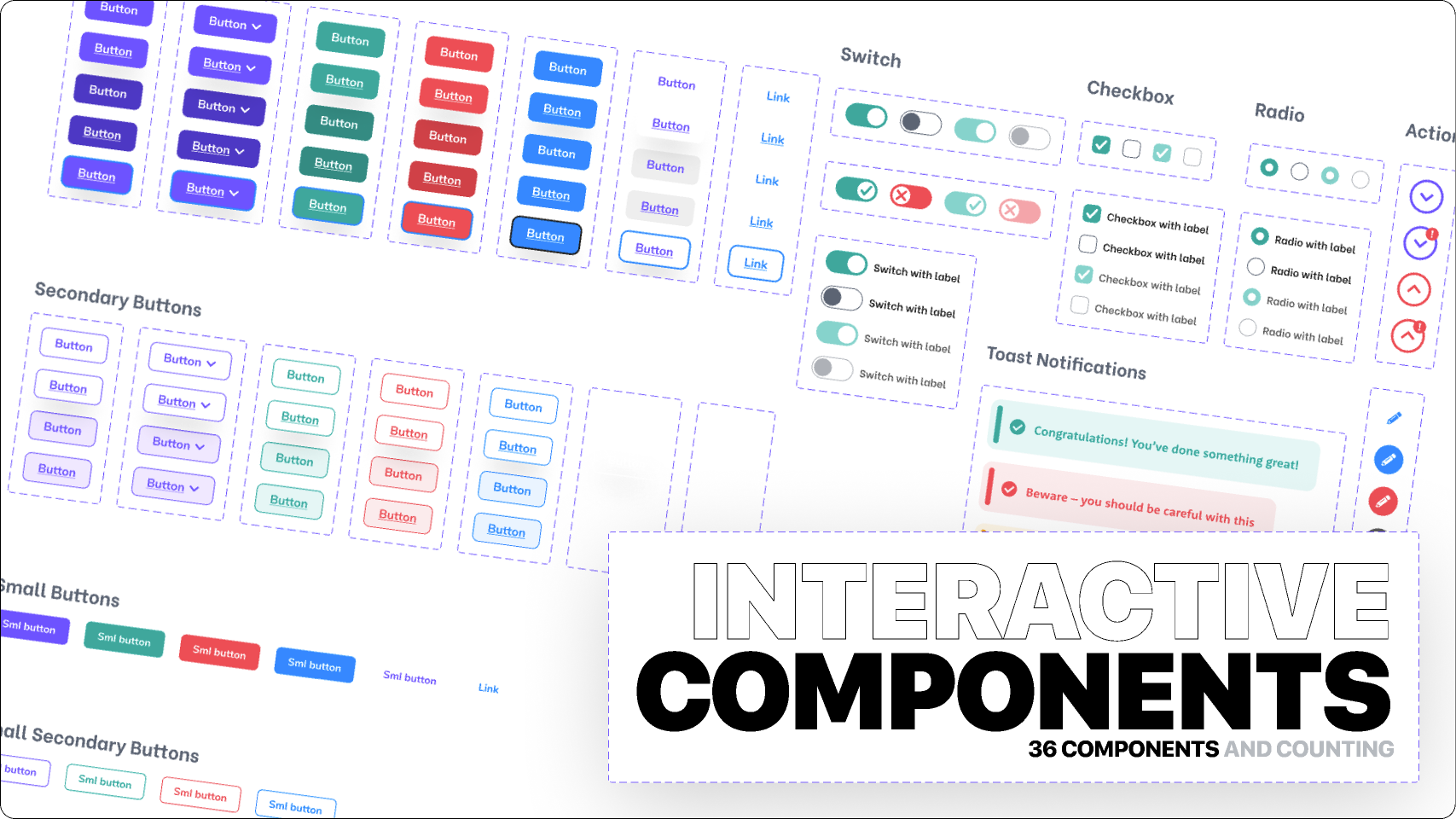Neural Headphones: The Future of Mind-Controlled Technology
In the rapidly evolving landscape of technology, the emergence of neural headphones marks a significant milestone in the intersection of neuroscience and consumer electronics. These innovative devices not only amplify sound but also tap into the cognitive processes of the user, allowing for mind-controlled functionalities. Imagine a world where you can listen to music, answer calls, or interact with devices using mere thoughts. Neural headphones have the potential to revolutionize our interaction with technology, enhancing both convenience and accessibility. As we delve deeper into the mechanics and implications of this groundbreaking technology, it becomes clear that the future is not just about what we can hear, but how we can connect with the world around us.
Introduction to Neural Headphones and Their Significance
Neural headphones are an innovative integration of audio technology and neural interface systems. Unlike traditional headphones, which only reproduce sound, neural headphones can interpret electrical brain signals, allowing users to control functions through their thoughts. This intersection of audio technology and neuroengineering is not merely a gimmick; it represents a fundamental shift in how technology can understand and interact with human intention. With applications ranging from communication tools to enhanced cognitive training, the significance of this technology extends far beyond personal use.
The rise of neural headphones also reflects a growing trend towards personalization in technology. In a world where every individual has unique preferences and cognitive patterns, the ability to control devices via thought processes offers a new level of customization. This capability could tailor experiences in ways that are currently unimaginable, potentially impacting industries ranging from entertainment to mental health. Furthermore, neural headphones can empower individuals with physical disabilities, allowing them to interact with technology and communicate more effectively, thus driving inclusivity.
As societal acceptance of neural interfaces grows, the implications for privacy and data security become increasingly pertinent. The data derived from brain activity is inherently personal, raising concerns about who has access to this information and how it is used. Thus, while neural headphones present exciting possibilities, they also invite critical discussions on ethical considerations, ensuring the technology serves humanity positively and responsibly.
How Neural Headphones Work: The Science Explained
At the heart of neural headphones lies a sophisticated blend of electroencephalography (EEG) and advanced signal processing technologies. EEG is a non-invasive technique that measures electrical activity in the brain through sensors placed on the scalp. Neural headphones utilize this technology to capture neural signals that correspond to various cognitive tasks or states, such as concentration, relaxation, or even emotional responses. These signals are then processed by onboard algorithms that interpret the data and translate it into commands for the device.
The challenge of translating brain signals into actionable commands is met through machine learning, where the system learns to associate specific neural patterns with user intentions. As users interact more frequently with their neural headphones, the device becomes better at recognizing their unique mental signatures. This continuous learning process allows the technology to refine its accuracy, creating a more seamless user experience that feels intuitive and natural.
Moreover, advancements in wireless technology and miniaturization have facilitated the integration of these sophisticated systems into lightweight, user-friendly headphone designs. This evolution has made neural headphones not only practical but also aesthetically appealing, blending seamlessly into daily life. The convergence of neuroscience and engineering has thus opened new frontiers in user-device interaction, paving the way for a future where thoughts become the primary means of control.
Applications of Mind-Controlled Technology in Everyday Life
The applications of neural headphones extend far beyond music playback and phone calls. One of the most promising areas is in mental health and wellness, where these devices can help users practice mindfulness, meditation, or cognitive behavioral techniques. By providing real-time feedback on brain states, neural headphones can guide users toward more productive mental states, supporting emotional regulation and stress management. In this way, they serve as personalized mental wellness tools, adapting to individual needs.
In the realm of education and training, neural headphones can present immense benefits. For instance, they can assess a learner’s focus and engagement levels during instructional sessions, offering educators insights into how to adapt their teaching methods. Moreover, they could be programmed to enhance memory retention by identifying when a student is most receptive to learning. This self-adjusting capability can revolutionize educational methodologies and improve learning outcomes.
Entertainment is yet another field ripe for disruption by neural headphones. Imagine a gaming experience where your thoughts can control characters or influence outcomes, creating an immersive environment that adapts to your mental state. Virtual and augmented reality experiences could be greatly enhanced with the integration of neural interfaces, where users have the ability to navigate simply through intention rather than external controls. As developers harness this potential, the boundaries of engagement in entertainment will blur, offering an unprecedented level of interaction.
The Benefits of Neural Headphones for Users
One of the key benefits of neural headphones is the potential for greater accessibility. For individuals with mobility impairments or other disabilities, traditional controls can be challenging or impossible to use. Neural headphones allow these users to interact with technology in a way that feels natural, significantly enhancing their autonomy and quality of life. By removing physical barriers, this technology promotes inclusivity and caters to diverse user needs.
Additionally, neural headphones can offer personalized experiences that adapt to the user’s emotional and cognitive states. This means that the system can modify audio settings or activate specific applications based on how the user feels at any given moment. For instance, if the device detects elevated stress levels, it could play soothing music or provide guided meditation. This adaptability not only enhances the user’s experience but also fosters a deeper, more meaningful relationship with technology.
Furthermore, the data collected by neural headphones can facilitate a profound understanding of personal cognitive patterns. Users can track their mental states over time, gaining insights into their habits and triggers. This self-awareness can empower individuals to make informed lifestyle choices, whether it’s optimizing their work productivity, improving their mental health, or enhancing their learning techniques. Ultimately, neural headphones can serve as valuable tools for personal development.
Potential Challenges and Ethical Considerations
While the promise of neural headphones is compelling, it is essential to navigate the potential challenges and ethical considerations that accompany this technology. One major concern is the issue of privacy. The data gathered from brain activity is highly sensitive, and there is a risk that it could be misused or inadequately protected. Stakeholders must establish clear guidelines on data ownership, consent, and usage to ensure that individuals’ cognitive privacy rights are upheld.
Moreover, there are ethical implications related to the accuracy and reliability of the technology. As with any emerging technology, there can be discrepancies between expected and actual performance. Users may inadvertently absorb incorrect feedback or face frustrations if the device fails to work as intended. Ensuring that neural headphones are rigorously tested and validated for effectiveness across diverse populations is therefore crucial to building trust and fostering widespread adoption.
Finally, there is an underlying anxiety about dependency on technology for cognitive functions. As neural headphones become integrated into daily life, users might become reliant on these devices for tasks they previously managed independently. Balancing the convenience of mind-controlled technology with the necessity for human cognitive skills is critical to ensure that technology enhances, rather than diminishes, our capabilities.
The Future Landscape of Neural Headphone Technology
Looking ahead, the future landscape of neural headphone technology appears bright, as ongoing research and development strive to overcome current limitations. Innovation will likely yield advancements in sensor technology, resulting in more accurate data collection and interpretation. Future neural headphones could feature enhanced functionality, such as the ability to communicate with other smart devices seamlessly, creating an interconnected ecosystem of responsive technology.
Additionally, the integration of artificial intelligence (AI) could propel neural headphones to new heights. By harnessing the power of AI, these devices could offer even more personalized experiences by predicting user preferences and needs based on historical interactions. This layer of intelligence could extend beyond audio settings to encompass a multi-modal interaction, enriching everyday tasks and user experiences with adaptive seamlessness.
Finally, as societal discussions about ethics and implications of neural technologies progress, there will be a growing demand for responsible governance in this field. The establishment of regulatory frameworks will be vital to ensuring that neural headphone technology develops in ways that are safe, ethical, and equitable. By addressing the challenges and focusing on potential benefits, we can pave the way for a future where neural headphones enrich our lives—not just as tools, but as harmonious extensions of our very consciousness.
In conclusion, neural headphones represent a fascinating and transformative leap in mind-controlled technology, blending neuroscience with user-centric design to unleash extraordinary possibilities. As we explore their applications across personal wellness, education, and entertainment, it’s crucial to remain vigilant about the ethical and privacy implications that come with such profound innovations. Ultimately, the successful integration of neural headphones will depend on thoughtful navigation of these challenges, ensuring that we harness their potential to enhance human experience responsibly. As the technology continues to evolve, it offers a glimpse into a future where our thoughts can shape our interactions with the world around us—ushering in a new era of connectivity and empowerment.













Post Comment